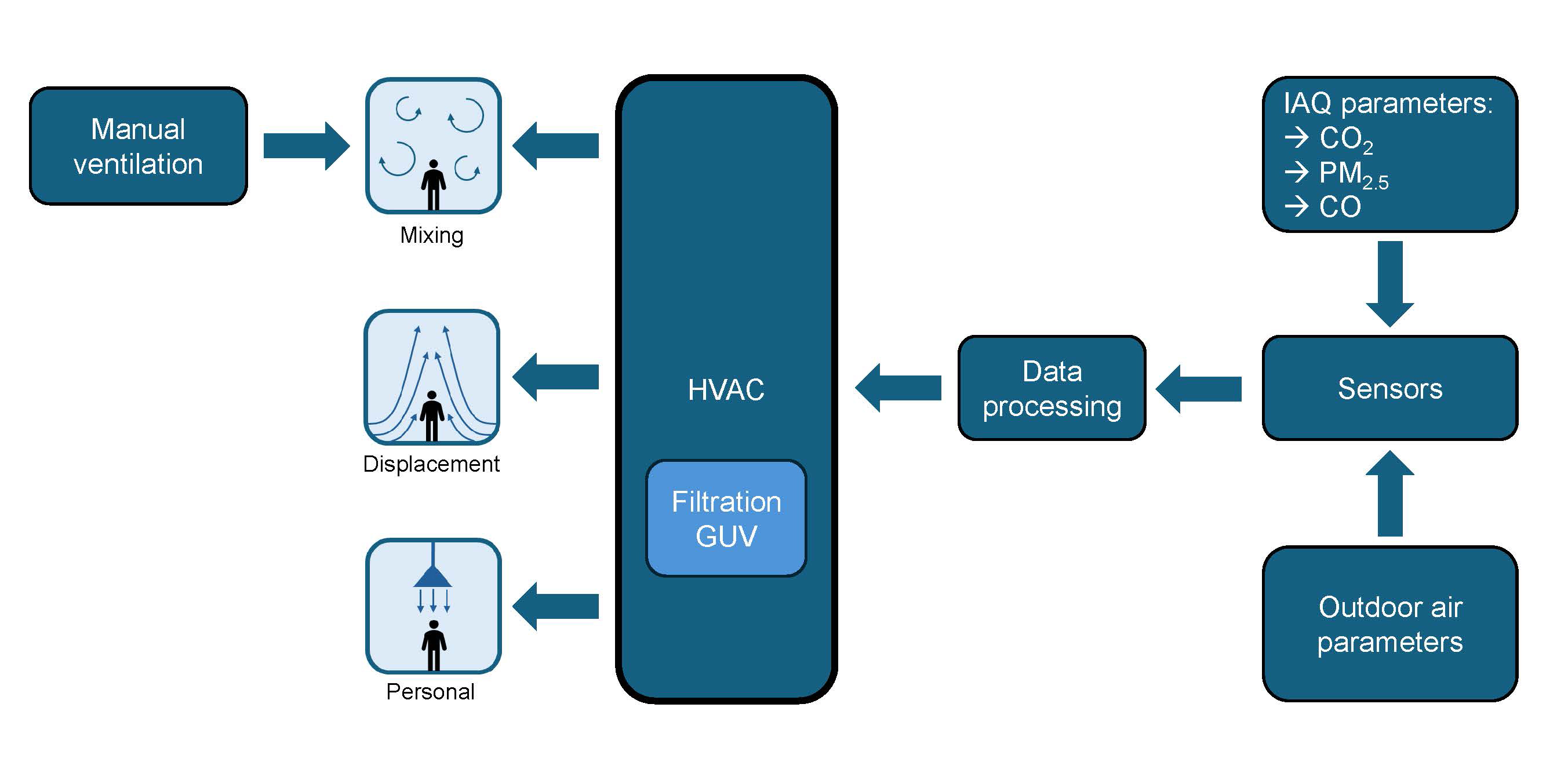Have we learned from the COVID-19 pandemic how to properly ventilate indoor spaces?
Prof. Lidia Morawska from the Queensland University of Technology in Brisbane, Prof. Yuguo Li from the University of Hong Kong and Prof. Tunga Salthammer from the Fraunhofer WKI in Braunschweig address this question in the journal SCIENCE.

First, the role of the World Health Organization (WHO) is examined, which only recognized at a relatively late stage that the SARS-CoV-2 is airborne and that the risk of infection can be significantly reduced through effective room ventilation. As a result, Morawska and her colleagues conclude that effective risk management is only possible through interdisciplinary knowledge transfer. Overall, seven important lessons are derived and discussed based on experiences from the pandemic. For example, ventilation-related aspects should be given greater consideration when planning buildings in the future. In indoor spaces with a high density of people, such as classrooms, it is sensible to monitor and regulate the air flow and air quality using suitable parameters. Air purification devices can be considered as a supplementary measure if effective room ventilation is not possible. Of considerable importance is the statement that in public buildings, manual window ventilation is not sufficient to guarantee the hygienically necessary air exchange.
The article was released by SCIENCE on July 26, 2024 and is available online under the DOI number 10.1126/science.adp2241. An international group of scientists led by Prof. Morawska has also taken a position on the question of which parameters are particularly suitable for monitoring indoor air quality in another article, which was published by SCIENCE on March 28, 2024 and is available online under the DOI number 10.1126/science.adl0677.
Last modified:
 Fraunhofer Institute for Wood Research
Fraunhofer Institute for Wood Research